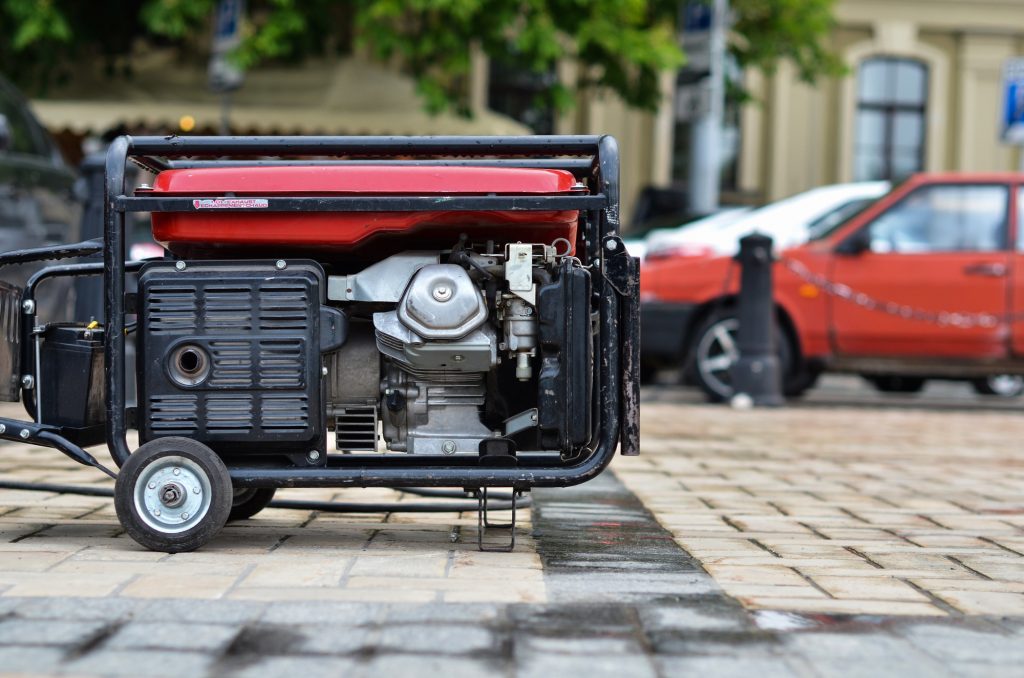First Time Buyer’s Guide: How To Pick A Generator For Your Home
You’re finally sitting down to watch television after a long day of work and that’s when the power goes out.
Instead of stumbling around by candlelight, chasing your kids as they try to sneak from their beds, it’s time to use the generator.
If you’re new to the world of portable and backup electricity, you’re in luck. Because we’re going to explain how to pick a generator in four easy steps.
Ready to never have to worry about losing power again? Here’s how.
How to Pick a Generator
It’s estimated only 3% of American homeowners have a generator, but choosing a generator doesn’t have to be a difficult endeavor. Getting the one that’s best for your home really comes down to four elements.
1. Fuel Type
Owners have a few options when it comes to the fuel source for their generators:
- Solar energy
- Gasoline
- Diesel
- Propane
- Natural gas
Each comes with their own advantages and disadvantages.
Propane and natural gas generators are sometimes slower to respond than other types and come with hefty installation costs. On the plus side, they offer clean burning and quieter production.
Gasoline is easily accessible but highly flammable, unlike diesel. Both have shorter shelf lives of around one year, and diesel generators may be prohibited in some areas for running beyond a certain time period due to emissions.
Even so, diesel is still a popular choice.
Then there’s solar energy, which is renewable and clean but offers minimal power output.
Choose the fuel type that is most convenient for you.
2. Wattage
Next, choose the wattage you require during a power outage. This depends on the frequency of outages you experience in your area and your own preferences.
Ask yourself if you want to power only what’s needed or if you want to go the whole mile. More power means more wattage, and if you want to run your HVAC system when the heat turns off, you’ll need quite a lot of watts.
Add up the amount you need and then some on top of it to account for appliances that temporarily draw more power, such as fridges.
Take power outage frequency into account, as well. If you live in an area where storms occur regularly, you’ll need a generator that can let you survive comfortably for long periods.
3. Transfer Switches
Choosing the proper transfer switch is necessary to get your generator up and running. Take a stroll down to the electric panel in your home and check the amp limit on your main breaker.
You must buy the same amp switch as what your panel says.
If you use a generator rated for 5,000 watts or more, a transfer switch safely works the device.
4. Extras
Finally, it’s time to see if there are any extra features you would like to have with your generator. Today, some companies offer additional conveniences such as remote monitoring and self-test options.
These features come with a higher price tag, but they can be especially useful for those who travel often.
Running on Fumes
If you join the 3% of American homeowners with generators, you won’t have to shout an expletive when the TV goes out and the lights turn off. Instead, you’ll have a generator ready to turn it all back on.
Are you contemplating purchasing a home generator? If so, check out our article about propane vs. electric heating systems to ensure you’re making the best choice in both areas.
Now that you know how to pick a generator, wave goodbye to blackouts forever.

